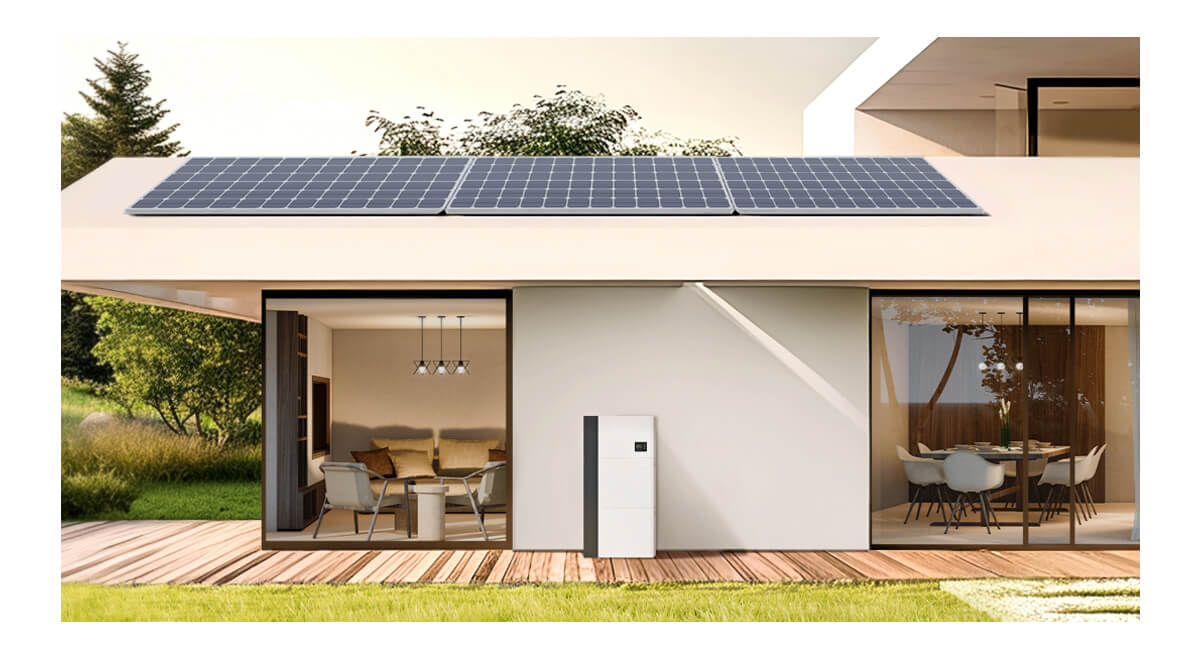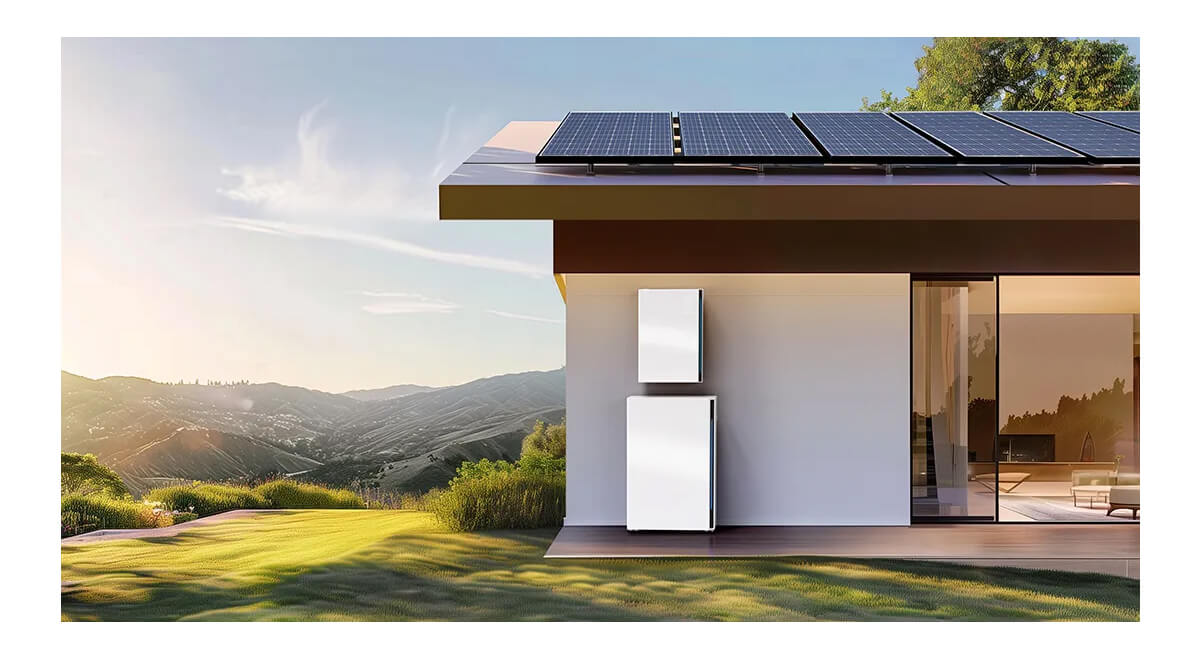Content
1. Introduction
2. Solar Hybrid Inverters
3. Solar Grid-Tie Inverters
4. Challenges and Solutions
5. Future Outlook
6. Conclusion
FAQs

Solar inverters, particularly hybrid and grid-tie types, are key components in renewable energy systems. These devices facilitate the efficient conversion and management of solar energy, making it possible to harness the sun's power for everyday use. As global demand for renewable energy continues to rise, understanding the role of solar inverters becomes increasingly important in achieving a sustainable energy future.
Projected Growth of Solar Inverter Market
| Year |
Estimated Market Size (Billion USD) |
Growth Rate (%) |
| 2023 |
10.5 |
- |
| 2024 |
12.2 |
16.19 |
| 2025 |
14.1 |
15.57 |
| 2026 |
16.2 |
14.92 |
| 2027 |
18.5 |
14.17 |
A solar hybrid inverter is a versatile device that coordinates power flow between solar panels, the electric grid, and home battery storage systems. This technology allows for seamless integration of solar energy generation with energy storage, providing a reliable and efficient power supply for users.
Hybrid inverters manage the interplay of solar generation, grid supply, and battery storage by intelligently directing energy where it is needed most. When solar panels generate excess energy, the hybrid inverter can store it in batteries for later use. Conversely, during periods of low solar production, it can draw energy from the batteries or the grid, ensuring that homes and businesses have a constant energy supply.
The benefits of using hybrid inverters are substantial. They reduce energy waste by optimizing the utilization of generated solar power, enhance energy independence by allowing users to rely less on the grid, and provide backup power during outages. Additionally, hybrid inverters can lead to financial savings by enabling users to consume stored solar energy during peak tariff periods.
In residential settings, hybrid inverters allow homeowners to maintain power during grid failures while maximizing the use of solar energy. Commercial applications benefit similarly, helping businesses minimize peak energy costs and improve overall energy efficiency.
Grid-tie inverters are designed to connect solar panel systems directly to the public electricity grid. They convert the DC electricity generated by solar panels into AC electricity, making it suitable for use in homes and businesses as well as for feeding back into the grid.
These inverters operate by synchronizing the phase, frequency, and voltage of the electricity produced by solar panels with that of the grid. This process ensures that solar energy can be efficiently used on-site or exported to the grid, allowing homeowners and businesses to benefit financially from their solar investments.
The advantages of grid-tie inverters are significant. They increase energy efficiency by enabling real-time usage of solar power, which can lower electricity bills. Furthermore, government incentives, such as feed-in tariffs, can provide financial rewards for solar energy production, making grid-tie systems even more attractive. Additionally, grid-tie inverters contribute to a reduced carbon footprint by facilitating the use of clean, renewable energy.
Government policies play a crucial role in the adoption of grid-tie inverters. Many countries offer subsidies, tax credits, and other financial incentives to encourage the installation of solar energy systems, making them more accessible and financially viable for homeowners and businesses.

Technical Challenges:
Despite their advantages, solar hybrid and grid-tie inverters face several challenges. The initial cost of installation can be significant, making them less accessible for some users. Additionally, the technical complexity of these systems requires skilled installation and maintenance, which can add to overall costs. Furthermore, both types of inverters are subject to variations in solar energy production due to weather conditions, potentially leading to inconsistent energy supply.
Solutions:
The industry is actively addressing these challenges through various strategies. Technological innovations, such as the development of more efficient inverter designs, are helping to lower production costs and improve performance. Additionally, advancements in energy management systems enable better monitoring and optimization of energy use, helping to mitigate the impacts of fluctuating solar production. Financial incentives from governments and solar financing options also play a role in making these technologies more affordable for consumers.
Projected Growth of Solar Inverter Market
**This line chart represents the projected growth of the solar inverter market from 2023 to 2027.
Technological Advancements:
Looking ahead, significant technological improvements are expected in the field of solar inverters. Innovations may include:
- Enhanced Efficiency: Continued research and development are likely to yield inverters that convert a higher percentage of DC electricity from solar panels into usable AC electricity. This improvement could significantly reduce energy losses during the conversion process.
- Smart Inverters: The rise of smart grid technology will facilitate the development of smart inverters that can communicate with other devices and the grid. These inverters will allow for real-time monitoring and management of energy flows, optimizing usage based on demand and supply conditions.
- Advanced Energy Storage Integration: As battery technology improves, solar inverters will increasingly integrate with high-capacity energy storage systems, enabling better energy management. This integration will provide consumers with more options for energy use, such as storing excess energy for later use or selling it back to the grid during peak demand periods.
- Grid Support Features: Future solar inverters are expected to incorporate grid support functionalities, such as voltage and frequency control, which can enhance grid stability. This will be particularly important as more renewable energy sources are integrated into national grids.
Market Dynamics:
The solar inverter market is poised for robust growth, driven by increasing global emphasis on renewable energy and sustainability. Key factors influencing this market include:
- Government Policies: Stricter regulations and incentives to reduce carbon emissions are propelling the adoption of solar energy technologies. As governments around the world implement renewable energy targets, the demand for solar inverters is expected to rise.
- Consumer Awareness: Growing awareness of climate change and environmental sustainability is leading consumers to adopt solar energy solutions. Homeowners and businesses alike are recognizing the long-term cost benefits and energy independence that solar systems provide.
- Technological Advancements in Solar Energy: As solar panel technology continues to improve, making solar energy more efficient and affordable, the demand for compatible inverters will also increase. Innovations in photovoltaic (PV) technologies may lead to higher energy outputs, thus requiring more advanced inverter systems.
- Global Market Expansion: Emerging markets in regions such as Asia-Pacific and Latin America are increasingly investing in solar energy infrastructure. This trend is expected to create significant opportunities for solar inverter manufacturers to expand their reach.
Future Challenges and Considerations:
While the outlook for solar inverters is promising, several challenges remain:
- Initial Investment Costs: Despite declining costs of solar technology, the upfront investment for solar installations, including inverters, can still be a barrier for many consumers. Addressing financing options and providing incentives will be essential in overcoming this hurdle.
- Technological Integration: As smart grids and advanced energy management systems become more prevalent, ensuring compatibility and interoperability among various technologies will be crucial for seamless operation.
- Environmental Considerations: The production and disposal of solar inverters also pose environmental challenges. The industry will need to focus on sustainable manufacturing processes and end-of-life recycling programs to minimize ecological impact.
Overall, the future of solar inverters looks bright, with ongoing advancements in technology, supportive market dynamics, and a growing commitment to sustainable energy solutions. These developments will not only enhance the efficiency and reliability of solar power systems but also contribute significantly to the global transition toward renewable energy.
Solar inverters, both hybrid and grid-tie, are essential for integrating solar energy into our daily lives and the broader energy grid. By efficiently managing the production, storage, and distribution of solar energy, these devices not only enhance the practicality of renewable energy but also support the transition toward a sustainable energy future. As technology continues to advance and supportive policies evolve, the importance of solar inverters will only grow, driving further adoption of clean energy solutions.
FAQs







